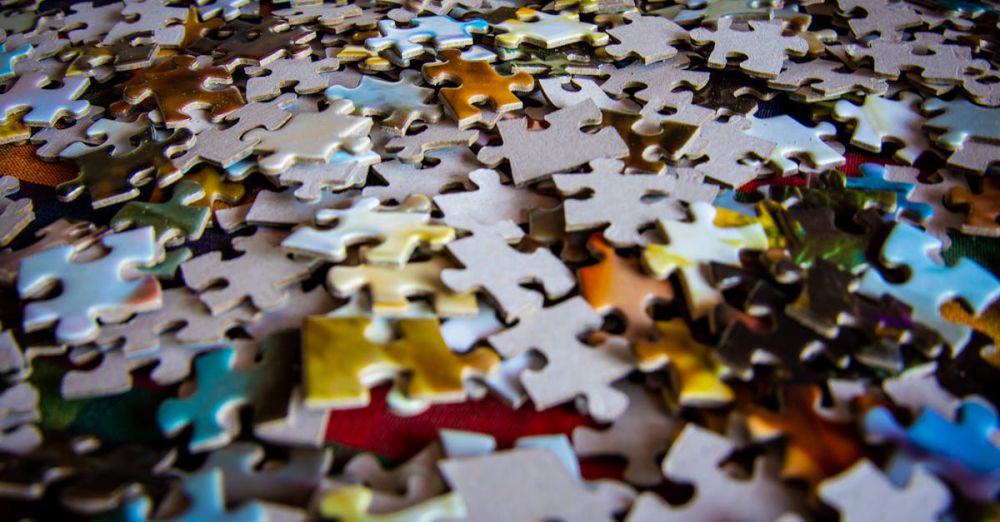How Do I Choose the Best Puzzles for Kids
Puzzles are more than just a source of entertainment for children; they are valuable tools for cognitive development. From enhancing problem-solving skills to improving hand-eye coordination, puzzles stimulate young minds while providing hours of fun. But with a plethora of options available on the market, selecting the right puzzle for your child can be a daunting task. Here’s how to navigate the world of puzzles and find the perfect fit for your little one.
Consider Age Appropriateness
One of the first things to keep in mind is the age of your child. Manufacturers often label puzzles with age recommendations, indicating the complexity of the pieces and the overall challenge level. For toddlers, look for chunky, large pieces that are easy to grasp and manipulate. These puzzles often feature vibrant colors and familiar shapes, such as animals or vehicles, which can captivate their attention. For preschoolers, consider puzzles with fewer pieces, ideally between 12 to 24, that introduce them to simple images or themes. As children grow, their cognitive abilities expand, allowing for puzzles with more intricate designs and a larger number of pieces.
Assess Skill Level and Interests
Every child is unique, with different skill levels and interests. Observe your child’s current abilities and preferences before making a purchase. If your child has experience with puzzles, you may want to choose something slightly more challenging to keep them engaged. Conversely, if they are just starting out, it’s best to select easier puzzles that build confidence. Additionally, consider their interests: a child who loves dinosaurs might be more engaged with a dinosaur-themed puzzle than one featuring generic shapes. Choosing a puzzle that aligns with their passions can spark excitement and motivation.
Material Matters
Puzzles come in various materials, each offering different benefits and drawbacks. Wooden puzzles are sturdy and can withstand the wear and tear of enthusiastic play. They often feature vibrant, non-toxic paints, making them a safe option for younger children. Cardboard puzzles, while typically less expensive, can be prone to bending or tearing, especially if handled roughly. Foam puzzles are lightweight and perfect for younger kids, as they are soft and safe. When selecting a material, consider your child’s habits and environment to ensure durability and safety.
Puzzle Complexity
The complexity of a puzzle is a crucial factor in your selection process. Puzzles can be categorized into several types, including jigsaw puzzles, 3D puzzles, and logic puzzles. Jigsaw puzzles are the most common and are great for developing spatial awareness. 3D puzzles add an extra layer of challenge and can be particularly appealing to older children who enjoy building and constructing. Logic puzzles, such as Sudoku or brain teasers, are excellent for sharpening critical thinking skills. Think about what type of puzzle would best suit your child’s interests and developmental stage.
Engaging Themes
Thematic puzzles can stimulate a child’s imagination and creativity. From favorite characters in movies and books to educational themes like geography or science, the possibilities are endless. Engaging themes can make the puzzle-solving experience more enjoyable and relatable. For instance, puzzles featuring popular animated characters may encourage children to engage with the activity longer. Consider choosing puzzles that not only challenge them but also educate and entertain.
Look for Quality
Finally, always prioritize quality when selecting puzzles. A well-made puzzle will not only last longer but will also provide a more enjoyable experience. Look for pieces that fit together snugly, ensuring they won’t easily come apart during play. Additionally, check for any safety certifications, especially for puzzles aimed at younger children. A puzzle that is durable and safe will provide endless opportunities for learning and fun.
Finding the Perfect Puzzle
Choosing the best puzzle for your child involves a blend of understanding their age, interests, and skill level. By considering these aspects and focusing on quality, material, and complexity, you can select a puzzle that will not only entertain but also educate and engage. Puzzles can be a wonderful bonding activity, sparking conversations and encouraging teamwork. With the right choice, you’re not just providing a toy; you’re offering an enriching experience that can foster lifelong skills. Embrace the journey of puzzle selection, and watch as your child’s curiosity and problem-solving abilities flourish.







